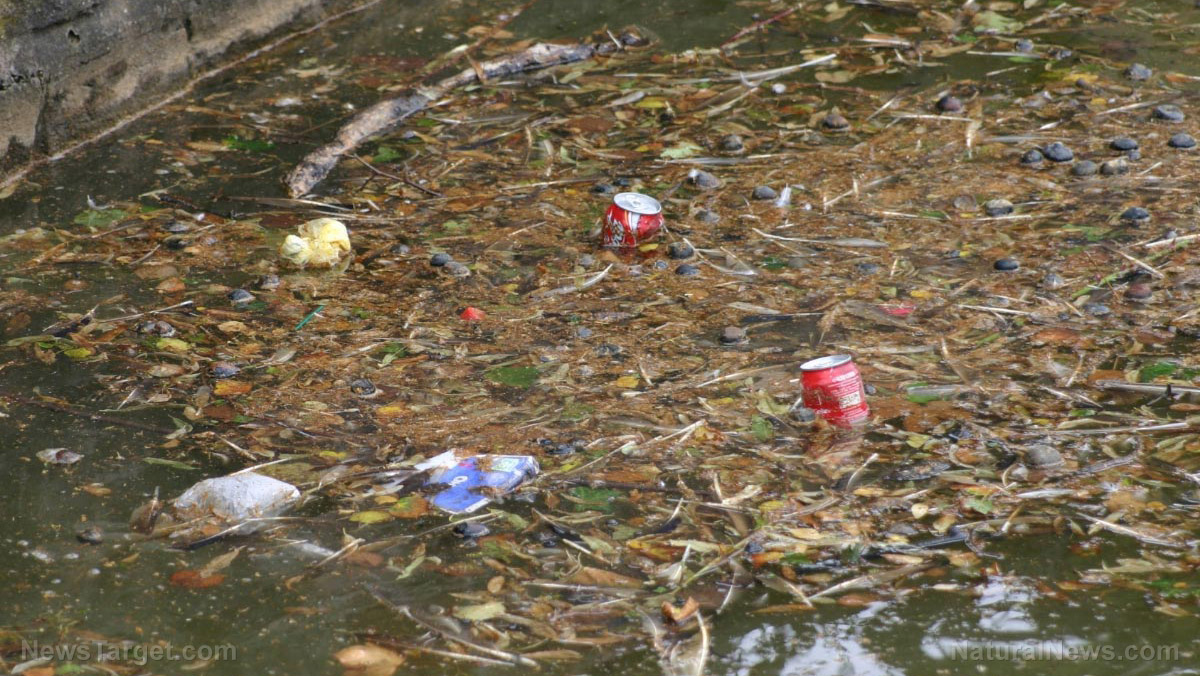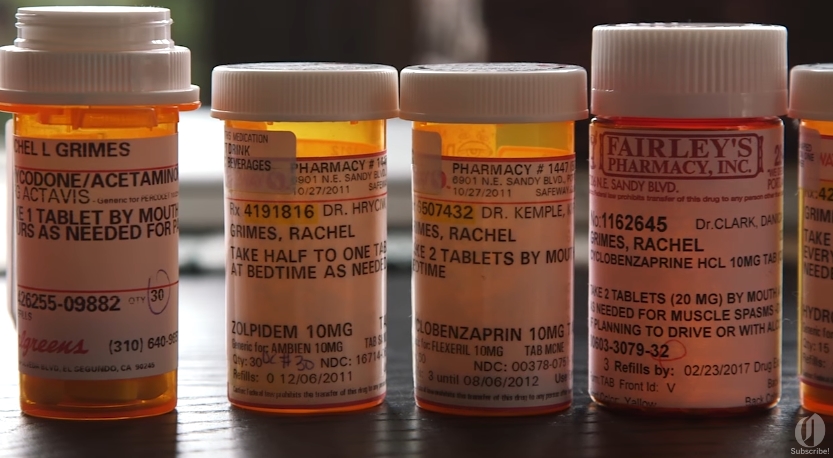Fish living downstream from wastewater treatment plants struggle to survive exposure to manmade contaminants, medications
01/20/2019 / By Earl Garcia

A recent study published in the journal Environmental Science and Technology revealed that exposure to pharmaceutical contaminants and pollutants — such as birth-control medication, anti-depressants, and beta blockers — may drive fishes that live downstream from a typical sewage treatment plant to exert more effort on surviving.
A team of researchers at McMaster University in Ontario, Canada, collected wild sunfish specimen from an unpolluted local source as part of the study.
The animals were divided into two groups. One group was placed in submerged cages at different points downstream from the Dundas Wastewater Treatment Plant near the campus. The other group was placed in an unpolluted pond in the headwaters of the same watershed. The animals were exposed to the water sources for three weeks in the summer of 2016.
The results showed that fish exposed to wastewater had to work 30 percent harder in order to survive compared with their counterparts that were placed in an unpolluted pond. The research team observed that fish specimen placed near the wastewater treatment plant exhibited a significant increase in metabolic rate in order to decontaminate their bodies and eliminate the toxins.
“That’s a difference in metabolic rate that we would have if we started walking several extra hours a day. It’s a pretty big increase in metabolism. That’s a lot of resources. A lot of studies of environmental pollution are looking at major impacts that cause animals to die. We were really concerned about those impacts of pollution that are not as obvious, but still very significant. Metabolism is a lens into the inner workings of the animal, and its health and fitness,” Graham Scott, senior author and assistant professor of biology at the university, told Science Daily online.
The scientists explained that metabolism increases with activity, sickness, or stress. This meant that putting more effort to decontaminate their body depletes the animals’ energy for other essential body functions such as movement, evading predators, catching prey, and reproduction. According to Scott, this survival effort puts animal populations at risk. The experts also noted that the findings underscore the unseen effects of pollution on certain animal species.
The researchers concluded that new water-treatment technology might be needed in order to protect certain animal populations from modern threats to their overall survival. (Related: Pollution from pharmaceuticals and personal care products is wiping out freshwater ecosystems; testing criteria don’t account for ecological disruption.)
Review: Drugs and personal care products pose threat to freshwater ecosystems
The growing demand and use of pharmaceutical and personal care products (PPCPs) compromise the overall wellness of freshwater ecosystems and the animals that live in them, an analysis published in the journal Elementa revealed. The researchers pooled a large number of studies and cited one in particular, which revealed that 80 percent of streams sampled across the United States contained traces of PPCPs.
The researchers also observed that fish exposed to antidepressants exhibited altered feeding behavior and increased aggression, while tadpoles exposed to selective serotonin reuptake inhibitors (SSRI) were at an increased risk of predation. Antidepressants and amphetamines were also found to alter the timing of aquatic insect emergence.
“The bottom line is that even at low doses, PPCPs have the potential to disrupt the ecology of a system, leading to broader environmental consequences. Many of these compounds are pseudo-persistent — because we are constantly adding them to our rivers and streams — but there are few studies on how they impact aquatic ecosystems,” said lead author Erinn Richmond.
“If you went to your doctor and mentioned that you were taking 30 different drugs, your doctor would likely tell you to stop. And yet, this is what’s happening in the environment. The bugs, fish, plants, and algae — they are all exposed to this mixture of drugs and we don’t know the impacts,” co-author Emma Rosi added.
Rosi stressed that the general public should consider how PPCPs disrupt ecosystems in general, and not just whether these products kill animals.
Log on to WaterFilters.news for more news of this kind.
Sources include:
Tagged Under: animal population, animal survival, Big Pharma, chemicals, clean water, Ecology, environment, exposure, fish, Prescription drugs, survival, toxic water, toxins, water contaminants



















